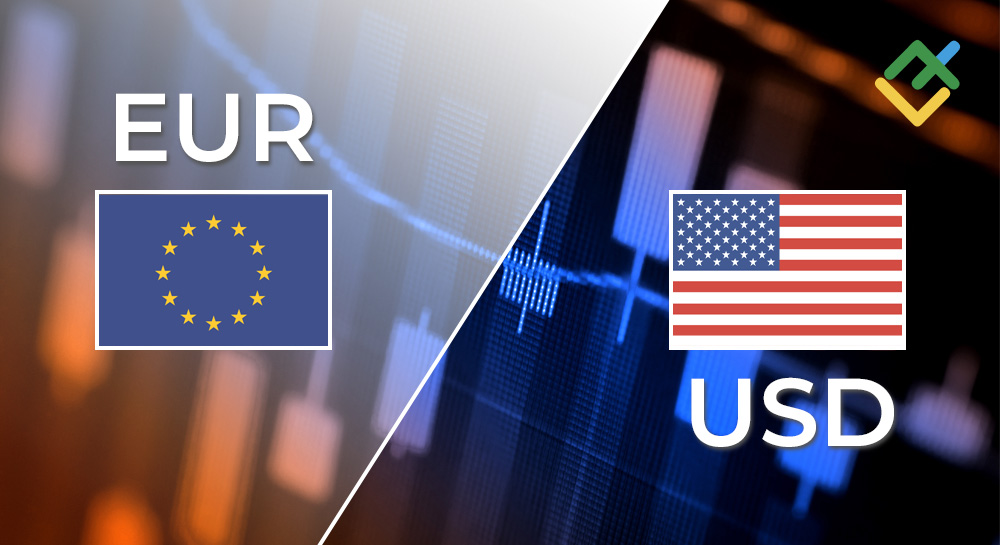The European Union has made a historic stride with the AI
Act, establishing the world’s first comprehensive framework to regulate
artificial intelligence. This landmark legislation, approved by the EU Council
in May 2024, seeks to harmonize AI rules across the EU, ensuring that AI
technologies are safe, transparent, and aligned with fundamental human rights. And while the Act addresses broad
aspects of AI use, its impact on the payments industry is particularly
profound.
What Are the Key Changes for Payment Providers?
The AI Act categorizes AI systems based on their potential
risks, imposing strict requirements on high-risk applications. For payment
providers, this means that AI tools used for fraud detection, credit scoring,
and transaction monitoring must meet rigorous standards. These systems must
undergo thorough testing and validation to ensure they operate safely and
transparently. By mandating these checks, the Act aims to prevent AI-driven
errors and abuses in financial services, safeguarding consumers and enhancing
trust in digital payment systems.
A Risk-Based Framework
At the heart of the AI Act is a risk-based classification
system, which assigns AI systems to different categories based on their
potential to cause harm. This nuanced approach ensures that the level of
regulatory scrutiny is proportional to the risk posed by the AI system.
High-risk AI applications, such as those used in critical infrastructure,
healthcare, and law enforcement, face stringent requirements. These systems
must undergo rigorous testing and validation processes before they can be
deployed in the EU market. This framework aims to mitigate the potential
dangers of AI while allowing lower-risk technologies to flourish with minimal
regulatory interference.
How Does the Act Enhance Transparency in Payment Systems?
Transparency is a cornerstone of the AI Act, requiring
high-risk AI systems to be registered in an EU database. For payment providers,
this means disclosing detailed information about the AI systems used, including
their functionalities and potential impacts. This transparency is crucial in
building trust with consumers, who can now understand how their data is
processed and protected. Additionally, companies must inform users when AI
systems are analyzing their transactions or personal data, ensuring that consumers
are aware and can consent to such practices. These measures are designed to foster trust in AI technologies by
ensuring that their deployment is open and accountable.
What Are the Compliance and Enforcement Mechanisms?
To ensure compliance, the AI Act establishes a robust
governance framework. Payment providers must adhere to strict regulatory
standards and are subject to significant penalties for non-compliance. These
penalties can be a percentage of the company’s global annual turnover,
emphasizing the importance of adhering to the regulations. The Act also
introduces an AI Office within the European Commission, a scientific panel of
experts, and an AI Board to oversee and enforce the rules. This multi-layered
approach ensures that AI systems in the payments industry are consistently
monitored and regulated.
What Are the Broader Implications for the Payments Industry?
The introduction of the AI Act is likely to have
far-reaching implications for the payments industry. By setting high standards
for safety, transparency, and accountability, the Act not only protects
consumers but also encourages the development of trustworthy AI systems.
Payment providers that comply with these regulations are likely to gain a
competitive edge, as they can assure customers of the safety and reliability of
their services. Moreover, the EU’s leadership in AI regulation could influence
global standards, prompting other regions to adopt similar frameworks and
ensuring a harmonized approach to AI governance in the payments industry.
Conclusion
As the AI Act comes into force, its impact will extend
beyond Europe, influencing global standards and practices in AI governance.
This landmark regulation sets a precedent for how societies can harness the
potential of AI while safeguarding human rights and ethical values.
By imposing stringent requirements on high-risk AI systems,
enhancing transparency, and promoting innovation, the Act aims to create a
secure and trustworthy digital economy. Payment providers must navigate these
new regulations carefully, but those that succeed will be well-positioned to
lead in an increasingly AI-driven market.
As the Act comes into
force, its impact on the payments industry will be closely monitored, setting a
precedent for future AI governance worldwide.
The European Union has made a historic stride with the AI
Act, establishing the world’s first comprehensive framework to regulate
artificial intelligence. This landmark legislation, approved by the EU Council
in May 2024, seeks to harmonize AI rules across the EU, ensuring that AI
technologies are safe, transparent, and aligned with fundamental human rights. And while the Act addresses broad
aspects of AI use, its impact on the payments industry is particularly
profound.
What Are the Key Changes for Payment Providers?
The AI Act categorizes AI systems based on their potential
risks, imposing strict requirements on high-risk applications. For payment
providers, this means that AI tools used for fraud detection, credit scoring,
and transaction monitoring must meet rigorous standards. These systems must
undergo thorough testing and validation to ensure they operate safely and
transparently. By mandating these checks, the Act aims to prevent AI-driven
errors and abuses in financial services, safeguarding consumers and enhancing
trust in digital payment systems.
A Risk-Based Framework
At the heart of the AI Act is a risk-based classification
system, which assigns AI systems to different categories based on their
potential to cause harm. This nuanced approach ensures that the level of
regulatory scrutiny is proportional to the risk posed by the AI system.
High-risk AI applications, such as those used in critical infrastructure,
healthcare, and law enforcement, face stringent requirements. These systems
must undergo rigorous testing and validation processes before they can be
deployed in the EU market. This framework aims to mitigate the potential
dangers of AI while allowing lower-risk technologies to flourish with minimal
regulatory interference.
How Does the Act Enhance Transparency in Payment Systems?
Transparency is a cornerstone of the AI Act, requiring
high-risk AI systems to be registered in an EU database. For payment providers,
this means disclosing detailed information about the AI systems used, including
their functionalities and potential impacts. This transparency is crucial in
building trust with consumers, who can now understand how their data is
processed and protected. Additionally, companies must inform users when AI
systems are analyzing their transactions or personal data, ensuring that consumers
are aware and can consent to such practices. These measures are designed to foster trust in AI technologies by
ensuring that their deployment is open and accountable.
What Are the Compliance and Enforcement Mechanisms?
To ensure compliance, the AI Act establishes a robust
governance framework. Payment providers must adhere to strict regulatory
standards and are subject to significant penalties for non-compliance. These
penalties can be a percentage of the company’s global annual turnover,
emphasizing the importance of adhering to the regulations. The Act also
introduces an AI Office within the European Commission, a scientific panel of
experts, and an AI Board to oversee and enforce the rules. This multi-layered
approach ensures that AI systems in the payments industry are consistently
monitored and regulated.
What Are the Broader Implications for the Payments Industry?
The introduction of the AI Act is likely to have
far-reaching implications for the payments industry. By setting high standards
for safety, transparency, and accountability, the Act not only protects
consumers but also encourages the development of trustworthy AI systems.
Payment providers that comply with these regulations are likely to gain a
competitive edge, as they can assure customers of the safety and reliability of
their services. Moreover, the EU’s leadership in AI regulation could influence
global standards, prompting other regions to adopt similar frameworks and
ensuring a harmonized approach to AI governance in the payments industry.
Conclusion
As the AI Act comes into force, its impact will extend
beyond Europe, influencing global standards and practices in AI governance.
This landmark regulation sets a precedent for how societies can harness the
potential of AI while safeguarding human rights and ethical values.
By imposing stringent requirements on high-risk AI systems,
enhancing transparency, and promoting innovation, the Act aims to create a
secure and trustworthy digital economy. Payment providers must navigate these
new regulations carefully, but those that succeed will be well-positioned to
lead in an increasingly AI-driven market.
As the Act comes into
force, its impact on the payments industry will be closely monitored, setting a
precedent for future AI governance worldwide.
This post is originally published on FINANCEMAGNATES.






